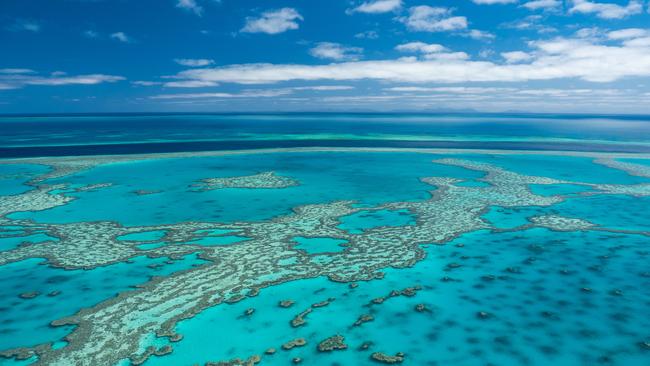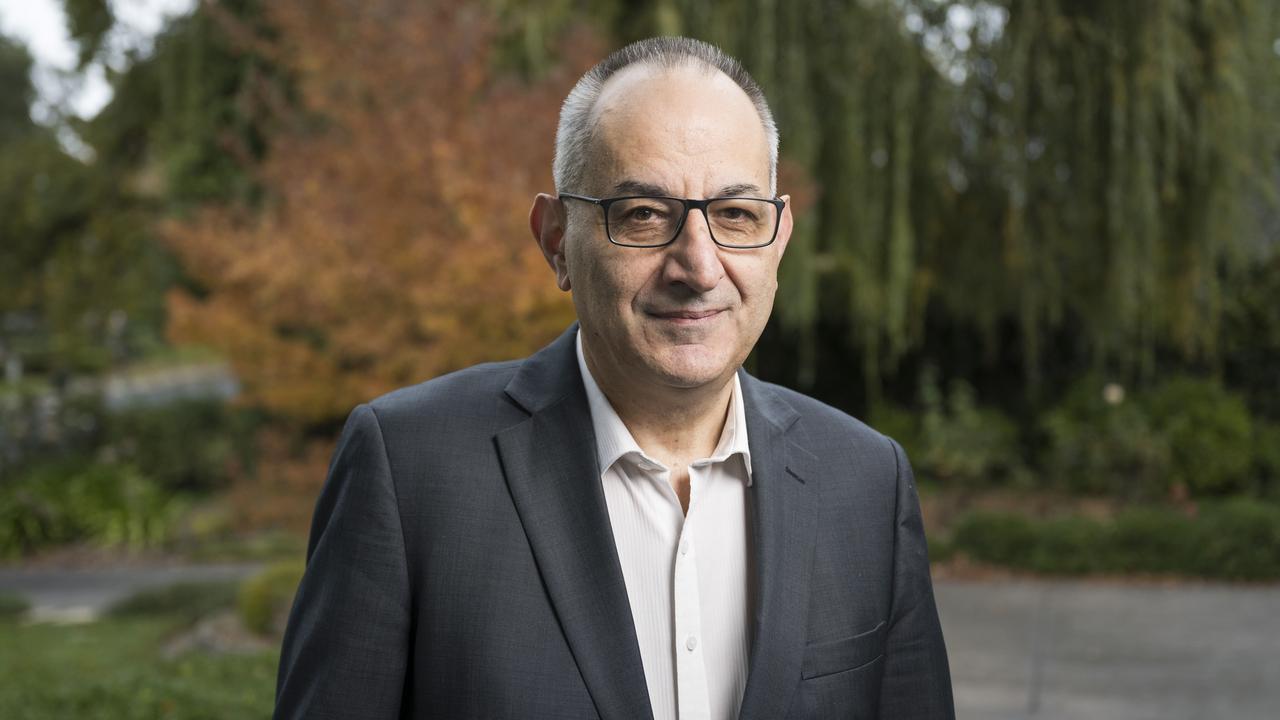Most coral ‘far from sediment danger’
Run-off from farms seldom reaches the outer Great Barrier Reef, the head of the Australian Institute of Marine Science has said.

Run-off of sediment from farms seldom reaches the outer Great Barrier Reef, or areas where the vast majority of corals live, the head of the Australian Institute of Marine Science has said.
However, AIMS chief executive Paul Hardisty said increased nutrients were a problem for some areas and long-term monitoring showed the Great Barrier Reef was under stress.
Water quality on the outer reef has been a central issue raised by scientist Peter Ridd, who is undertaking a controversial speaking tour through Queensland sugarcane growing areas.
Dr Ridd is calling for better quality assurance checks for reef science before new laws are introduced that affect farmers along the Queensland coast.
Dr Hardisty said the reef was a complex ecosystem of 3000 reefs, including near-shore reefs, mid-shelf reefs 20km to 40km offshore, and outer-shelf reefs 100km to 200km offshore. He said there was a natural improvement in water quality from inshore to offshore reefs.
“Mid-shelf and offshore reefs typically have better water quality as these regions are flushed more frequently with waters from the Coral Sea,” he said.
“When it comes to water quality on the Great Barrier Reef, researchers agree it is uncommon for sediment plumes to regularly reach outer-shelf reefs.
“The inner-shelf and mid-shelf reefs, particularly those close to large rivers in the wet tropics, experience more frequent exposure to flood plumes of dissolved and suspended material.”
Extra nutrients can come from many conditions, including river outflows which can be enhanced by agricultural or industrial activity.
Dr Hardisty said studies had shown fine particles of nutrient-enriched and organic-rich sediment could settle on inshore and mid-shelf reefs during calm periods and had the potential to kill young corals within 48 hours and adult corals in three to seven days, depending on species.
An AIMS spokeswoman said inshore reefs included popular tourist destinations such as Green Island and Fitzroy Islands off Cairns, Magnetic Island off Townsville, and Hayman and Hook islands in the Whitsundays.
She said about 80 per cent of the reefs were platform reefs on the mid- and outer-continental shelf, while about 600 reefs (20 per cent) were near-shore, either as fringing reefs around continental islands and along the mainland coast, or as small detached platform reefs.
Dr Ridd said Dr Hardisty’s comments supported his claim that there was “almost no land-derived sediment on the Great Barrier Reef where 99 per cent of corals live”.
“Nutrients are not measurably different on the Great Barrier Reef to the Pacific Ocean and farm fertilisers are almost irrelevant,” he said. “For years AIMS and others have been going on about the inshore reefs and the term implies to the unsuspecting layman that it is a third or maybe even a half of the coral (inshore vs offshore). They have never come clean about what fraction the inshore reefs are.”
Dr Ridd is midway through a lecture tour along the Queensland coast promoted by sugarcane and farm groups concerned about water quality legislation before the Queensland parliament. The tour has provoked strong criticism from environment and reef groups.
The Australian Coral Reef Society said Dr Ridd ignored inshore reefs, as if they were not an important component of the World Heritage Area and the Great Barrier Reef Marine Park.
“This is convenient for his argument that there are no water-quality problems for the Great Barrier Reef, discounting the hundreds of published papers investigating and reporting on these problems,” the society said.
“He also incorrectly suggests areas like the Whitsundays are not important parts of the Great Barrier Reef, despite the huge tourism industry in such areas.’’
INQUIRER P19



